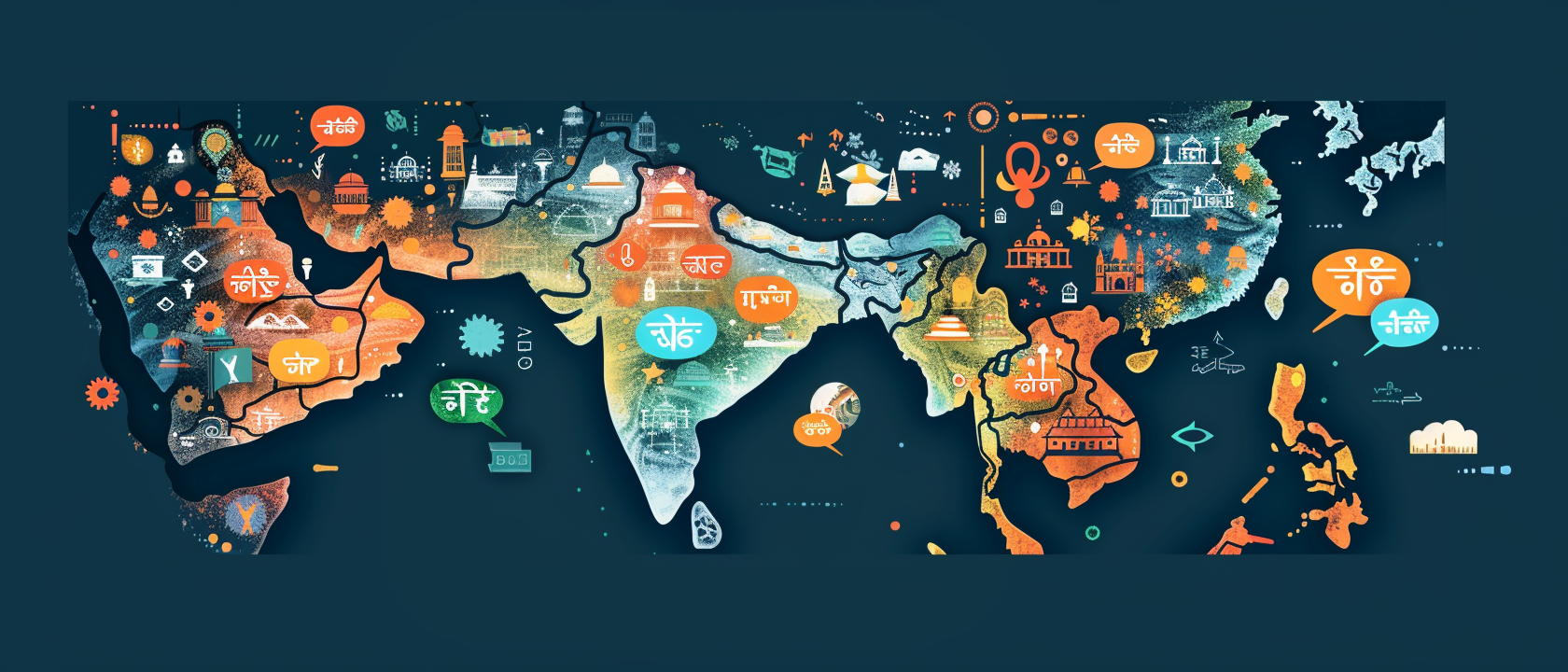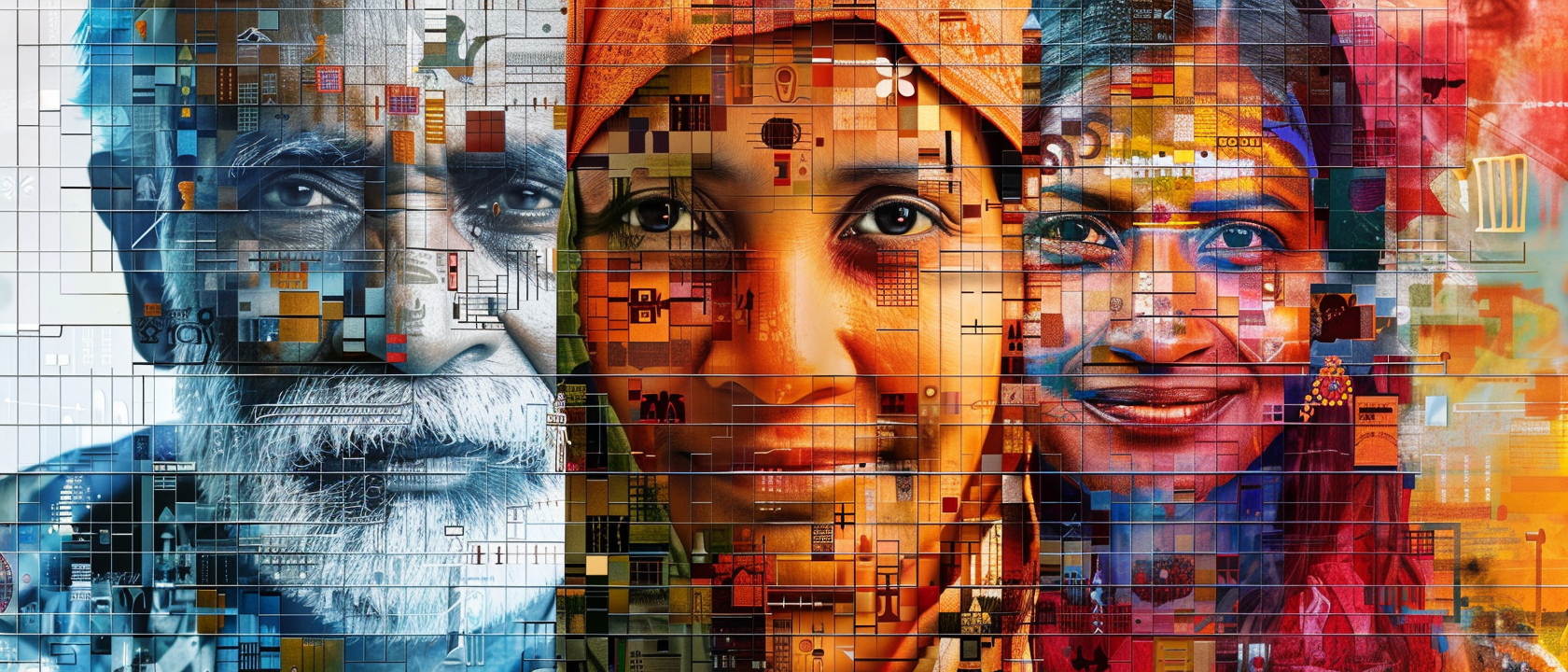The Rise of Multilingual AI

India boasts over 22 official languages and countless dialects. This linguistic richness can, however, create communication barriers, hindering access to information and opportunities. Thankfully, multilingual AI is emerging as a powerful tool to bridge these gaps and empower individuals across the nation. Tools like Gemini and ChatGPT already allow you to translate your content into different languages.
Understanding the Need:
With only 20% of Indians being comfortable using English, a significant portion of the population struggles to access information and services primarily available in the language. This can be particularly detrimental in areas like:
- Healthcare: Timely access to health information and communication with medical professionals in their native language can be crucial.
- Education: Learning materials and educational opportunities may be inaccessible if presented only in English.
- Financial services: Understanding financial documents and accessing banking services can be challenging for those unfamiliar with English.
Multilingual AI Emerges as a Solution:
Multilingual AI refers to AI models trained on data from multiple languages. This allows them to:
- Understand and translate spoken and written language across various Indian languages.
- Develop applications and services that cater to diverse linguistic needs.
- Personalize experiences by delivering content and interacting with users in their preferred languages.
Examples of Multilingual AI in Action:
Aside from the big players like OpenAI and Google, several initiatives are already demonstrating the power of multilingual AI in India:
- IIT Bombay students create an AI based app that translates scientific papers from English to Hindi. https://indiaai.gov.in/news/iit-bombay-designs-ai-based-translation-app-to-help-students-from-linguistic-minorities
- Reliance Jio’s Jio Translate: This translation service, part of Reliance Jio, offers real-time language translation across various Indian languages. (https://www.jio.com/help/watch-and-learn/devices/jiophone/translation-feature-in-jiophone-next)
- Bhashini: India’s national public digital platform for languages, facilitates automatic speech recognition, machine translation, and text-to-speech functions across multiple Indian languages. (https://www.meity.gov.in/writereaddata/files/Bhashini%20Whitepaper%20ver%206.0.pdf)
The Road Forward:
While multilingual AI holds immense promise, challenges remain:
- Data availability: Training AI models requires large amounts of data in diverse languages, which can be a challenge in India’s multilingual landscape.
- Accuracy and nuance: Ensuring AI models accurately capture the nuances and complexities of different languages is crucial.
- Accessibility and infrastructure: Making multilingual AI solutions readily available and accessible to all, even in areas with limited internet connectivity, is vital.
Despite these challenges, the rise of multilingual AI marks a significant step towards a more inclusive and accessible digital future for India. By fostering collaboration, addressing challenges, and responsibly developing this technology, India can harness the power of AI to break down language barriers and empower its diverse population.




